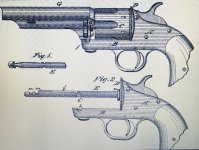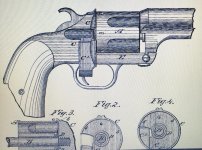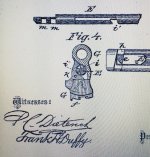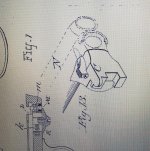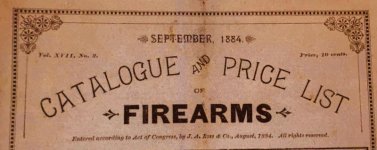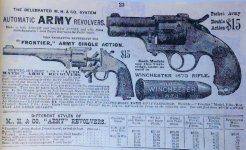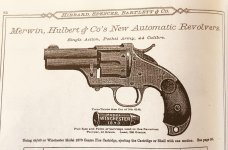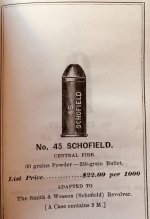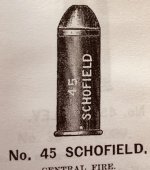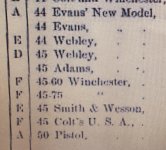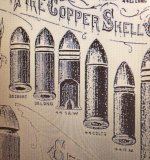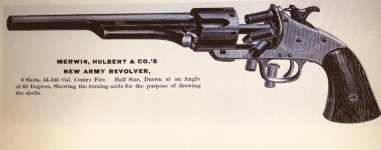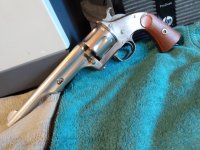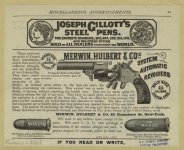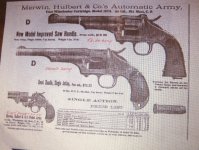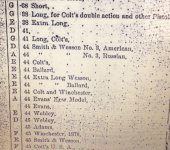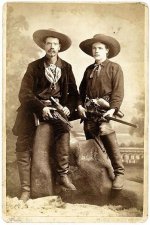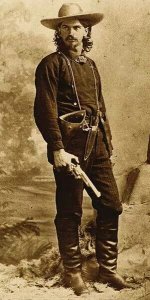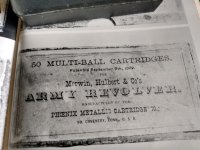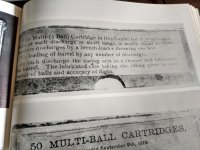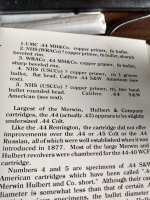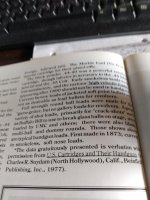Addiction?
Mike,
It's better than being addicted to drugs I guess?
So, the documented September, 1882 Patent improvements reference helps huge to determine specific features as being first available at a specific time in history...
However, it doesn't help us much as to "how" the gun maker actually applied the design from a timeline perspective. They could have waited years or never used it at all?
By that I mean, When they actually included the patent or if they in fact even used the patent. The way we apply this information is from surviving examples. Since we don't have factory records the concept of Model 1, 2, 3, etc does not apply to this information.
What I'm saying is that just because we see this new patent design on the Model 3 in the drawing? Doesn't mean it wasn't applied to the Model 1 and 2 also. We have no idea, without factory records as to when the Model 1 was discontinued nor the Model 2?
I know that early variations of the Model 1 and some of the Model 2's by serial number (early) had earlier patent designs for the barrel release and locking feature. That's where the late 1870's patents are applied to the design and seen without the 1882 improvement. "Early guns".
So, now we get into the speculation part of the program? Most often we know from collecting that factories typically had an "overlap" in production.
If any model 1's or 2's were still in the factory? Surplus parts? It's more than possible that they would have had this new improved feature applied to their construction prior to being assembled and sold.
They would have to be late serial numbers. You would have to conduct a survey of surviving examples found by serial number to uncover this patent included in the models....When doing so you can then date them as being manufactured after late 1882 by patent reference. Knowing that the features were not available until that time in history. In addition, you can then date those examples that "Lack" the 1882 improved feature as being manufactured "Prior" to late 1882.
That's how you plug it in without Factory records. It's not a guess. It's using legal recorded reference to establish a timeline.
Smith and Wesson would do the same thing. Using up frames from outdated guns until exhausted.
I don't really want to get into the "Patent Stamps" on the Hopkins and Allens, Merwin & Hulberts?
I performed an in depth study of the XL series for my second book that's not published yet? and the stamping of patents used by that company shows many overlaps in production. Proving that many of the early series were actually assembled later. Hey, if it sells who cares if it's old stock?
James Reid did the same thing in 1883. Assembling and Selling 10 year old stock as a "New Model" to pay off creditors prior to going out of business. Clearly proven and seen in this so-called New model having design features that were discontinued from the Market in 1872!
Murph

